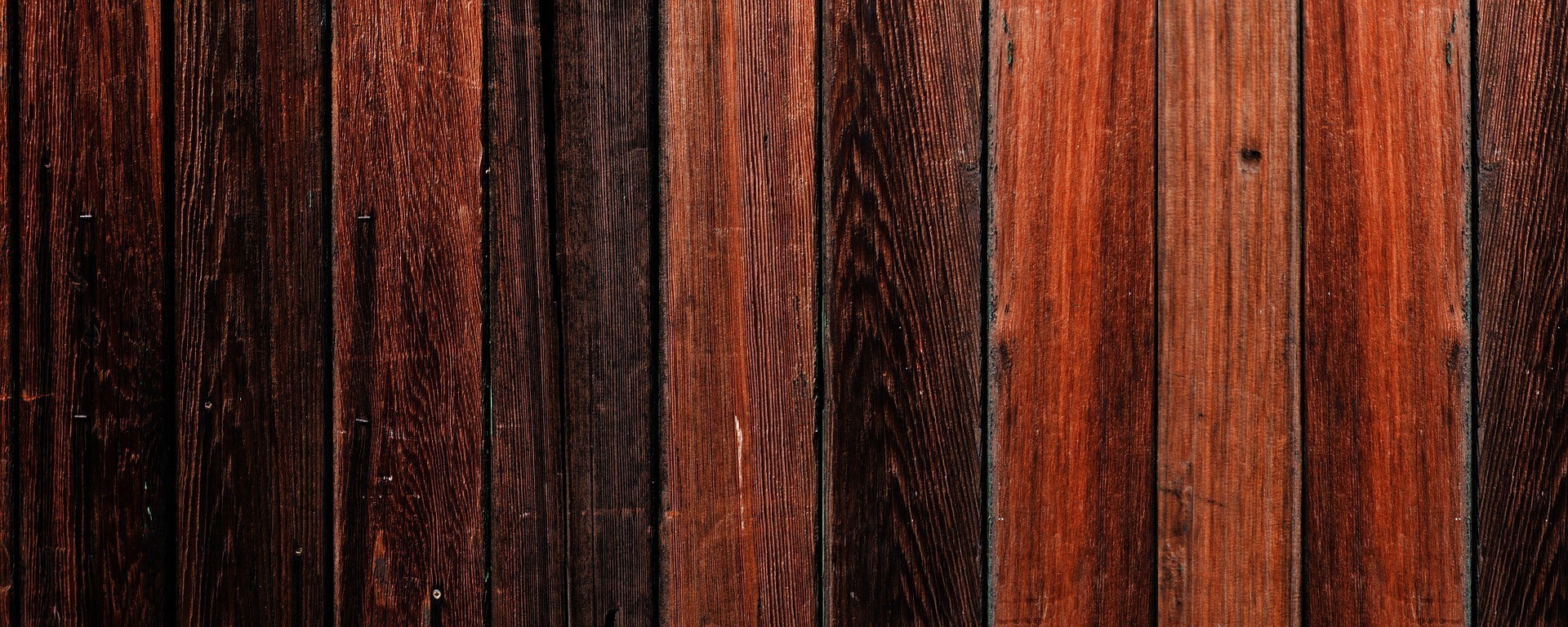In this current economic climate, finding ways to reduce heat loss can be a smart way to reduce bills and minimise energy consumption. This article will go over some of the ways you can reduce heat loss through windows.
How much heat is lost through windows?
A typical home will lose around 10-15% of total heat through its windows. This number will fluctuate from home to home, especially with differing window types and the number of windows in the house.
How do windows lose heat?
The main way windows can lose heat is through a process called radiation through glazing. This occurs when one pane absorbs radiation (internal heat) and it travels through the glass and reaches the outer window pane. As this pane is cold, the radiation (internal heat) is cooled and lost.
Some other ways windows can lose heat include air leakage, which is when air can leak out around the window frame, causing a small draught around the window. This can be fixed and will be explained below.
Handling heat loss through windows
There are a few things you can do to reduce the heat lost through your windows. Some are more budget-friendly than others, so it depends on how much you can afford to invest, as well as what you already have in place, as to which will be the best solution for you.
Multi-Glazing
One of the most well-known ways to reduce heat loss through windows is having multi-glazing windows. Double and triple-glazing windows help and aid in reducing the radiation through the glazing process.
More information regarding DAKEA’s multi-glazing roof windows can be found here.
When creating glazing, there are four different gases that can be used and these are; dehydrated air, and three inert gases which are argon, krypton and xenon.
To learn more about what these gases do the glazing process, be sure to check out our window glazing guide.
Thick Curtains
Having thick curtains around your windows can be a great way to lock in heat in the winter months. You can even purchase winter-ready, thermal curtains that are designed to keep the heat in.
Be sure that you accurately measure your windows before buying a set of thermal curtains. If your curtains are too short, they will not trap in heat, and potentially exacerbate your heat loss problems.
Be aware of draughts
Draughts can be found in many places around the home, including windows, and it is always good to be aware of some of the primary locations they can occur.
Starting with your home’s doors. Places such as letterboxes, cat flaps and keyholes can let in cold air and allow warm air to escape. Investing in draught excluders for your letterboxes, keyholes and cat flaps can be a great way to minimise heat loss, and keep energy bills down.
When it comes to windows, draughts can occur between the window and window frame, this typically happens in windows that can be opened and have been worn down over time. To fix this problem, you can purchase self-adhesive foam strips that can be applied around the window and are fairly inexpensive. These foam strips will do the trick, but may not last long, so be aware that this solution is temporary.

For something longer-lasting, there are metal or plastic strips that can be applied around your windows that can remove your draught problem. This will last longer than the foam strips and can fit seamlessly around your windows.
If your windows are particularly old or damaged, it might be time for a replacement.
Let the light in
Another way you can heat up your home is by letting the light in when it’s available. Even when it’s cold, you can still feel the sun’s heat through your windows, so opening your curtains to sunlight throughout the day can help heat your home naturally, without having to spend extra on your energy.
Other tips for reducing heat loss around the home
Cover floorboards
If the floors of your home consist of floorboards that come with slits beside them, cold air can get in and warm air can escape. 10% of heat in the home can escape through uninsulated floorboards so how do you go about insulating them?
Adding large rugs, throws and carpets can greatly lower the chance of heat escaping through the slits of your floorboards. If you can access your floorboards from below, adding thermal insulation can also be a great way to minimise heat loss as well.
Clear radiators
Ensure that your radiators are not obstructed by large pieces of furniture, such as wardrobes and sofas. Otherwise, your piece of furniture may be absorbing the heat, instead of your room, making heating a room much more expensive.
For more tips and information on heat loss, be sure to read our article regarding “how to improve home insulation”.